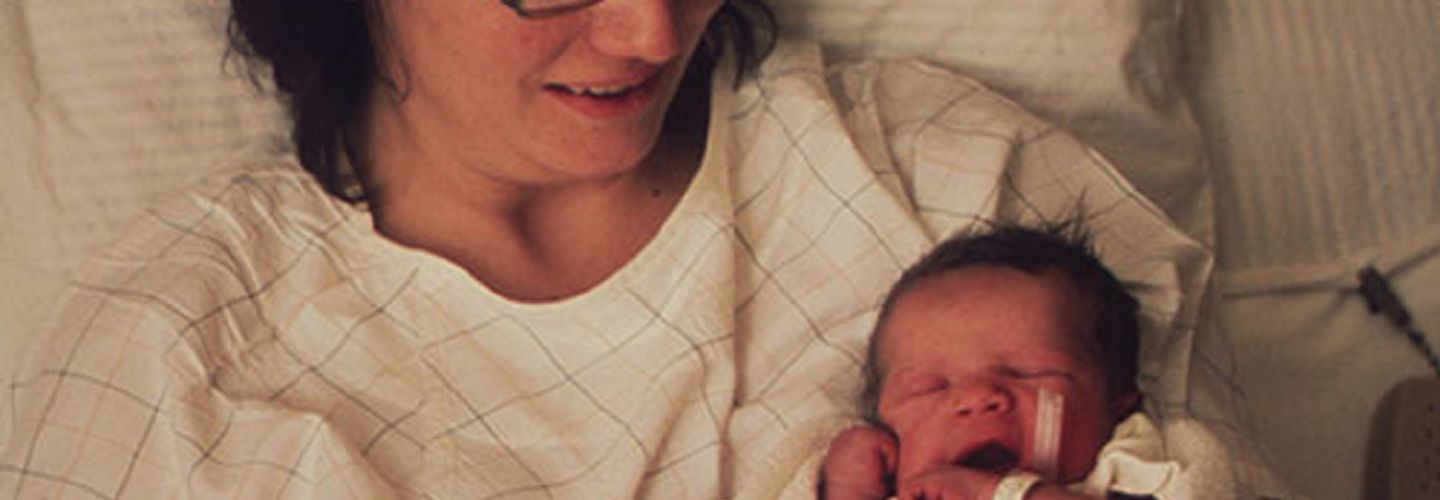New report shares core indicators of the health and care of pregnant women and babies in Europe from 2015 to 2019
By Mr Shamim Quadir (Senior Communications Officer), Published
A new report from the Euro-Peristat collaboration, which includes City, University of London, is the collaboration's fifth and like its predecessors, aims to present data derived on a comparable basis for nine of its ten core statistical indicators.
It is the first to present annual rather than five yearly data, using new improved methods described in the report.
It presents data for the five years 2015 to 2019, as a baseline for the data for the pandemic year 2020 which are currently being analysed and will be published in 2023.
The report is the product of a collaboration between the 27 members of the European Union plus Iceland, Switzerland, Norway and the United Kingdom. Although these countries share similar standards of living and health care, they vary considerably in their health policies and healthcare practices.
Comparisons between them are therefore useful for raising questions about the implications of these differences. As well as presenting data for each country separately, the report compares them with their median or middle value and the interquartile range, which contains the middle half of the values, with 25 per cent lying above the upper limit and 25 per cent lying below the lower limit.
Professor Alison Macfarlane, UK Scientific Committee member, commented.
What does report tell us about the UK? Because relatively few data are compiled for the UK as a whole, the report also contains data for Scotland, Northern Ireland, England and Wales combined and Wales separately.
Overall, stillbirth rates for 2015-2019 fell but to a lesser extent than shown in previous reports. Rates for the UK and its constituent nations all fell and by 2019 were slightly above the overall median. Rates of neonatal death, that is death in the first six days after live birth, varied more widely. Although overall rates for the UK were similar to those for Europe as a whole, there were differences between nations with Scotland having the lowest rates and Northern Ireland the highest. England and Wales had a relatively high rate when a cutoff at 22 weeks of gestational age was used but a much lower rate when the rate was limited to 24 weeks of gestation or more. Nevertheless, the countries of the UK were neither among the lowest nor the highest in Europe. The same applied to infant mortality for which data were only available for England and Wales combined.
Data about differences in low birthweight and preterm birth are important to interpreting differences in stillbirth and infant mortality. There is a north south gradient in the percentages of babies born weighing under 2500g with the nations of the United Kingdom falling in the middle. Data about preterm birth, that is birth before 37 weeks of gestational age did not show this clear cut pattern. Percentages of preterm births in the UK and its constituent nations were all in the top 25 per cent of the distribution and rates had risen considerably over the years 2015 to 2019.
The rate of caesarean birth varied considerably between countries with rates tending to be lowest in the northern countries and highest in the southern countries. Data were only available for Scotland, Wales and Northern Ireland. Although not among the very highest, rates for these three nations were among the top 25 per cent and among those which increased the most sharply over the years 2015 to 2019. Although England was unable to submit data to EuroPeristat, its published rates showed a similar pattern.
This brief overview points to data presented in much fuller form in the Europeristat report. They do not explain differences between countries but pose questions about the reasons for them.
